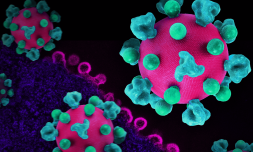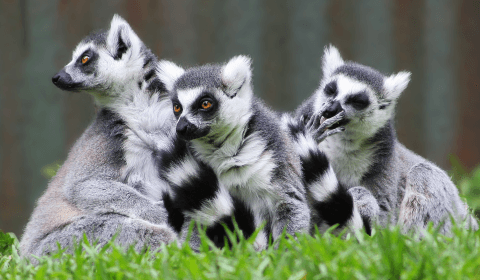As consumers demand increased transparency from the fashion industry, high fashion brands are reimagining their iconic logos for sustainable collections. But are these logos simply pretty tokens designed to mask shady practices?
Logomania isn’t dead, despite what fashion editorials and blogs want you to think.
With the emergence of every new season comes claims that apparel printed with name brands are ‘out’, only to be later refuted by handfuls of new collections containing t-shirts, shoes, and even trousers covered in them.
Hypebeast culture has long been synonymous with purchasing long-reigning, high-end brands known for delivering quality products, but consumer expectation for these companies to adhere to sustainable practices has grown significantly in the last decade.
Many brands have committed to creating capsule collections, entire lines, or limited-edition products made out of ethically sourced materials. Along with these lines come spin-offs of traditional logos, which will at a glance indicate that a product is part of the brand’s eco-friendly line.
Basically, owning products that are both luxurious and sustainable is kind of a flex for the next generation. Let’s look at three brands that are doing this – and investigate whether their logos are nothing but pretty tokens that facilitate greenwashing.

Prada first launched its Re-Nylon collection in 2019. It contained just five items – mainly accessories like bags and belts – but all were made from recycled nylon textiles.
Along with the launch came a logo design that is reminiscent of Prada’s typical triangular emblem, only this time, it mimics the universal symbol for recycling.
This year, Prada partnered with sportswear giant Adidas to release a far more extensive collection made from those same recycled nylon fibres. The line comprised of ready-to-wear items like jackets, trousers, and Prada’s recognisable leather backpacks.
Still, Good On You gives Prada an overall sustainability rating of 2 out of 5 – not good enough – for not minimising textile waste, not eliminating hazardous chemicals, and not reducing its water use in its standard collections.
Its labour practices show little evidence of diversity and inclusion and its animal safety rating sits at ‘poor,’ using angora, exotic animal skin, leather, wool, down, and exotic animal hair.






















